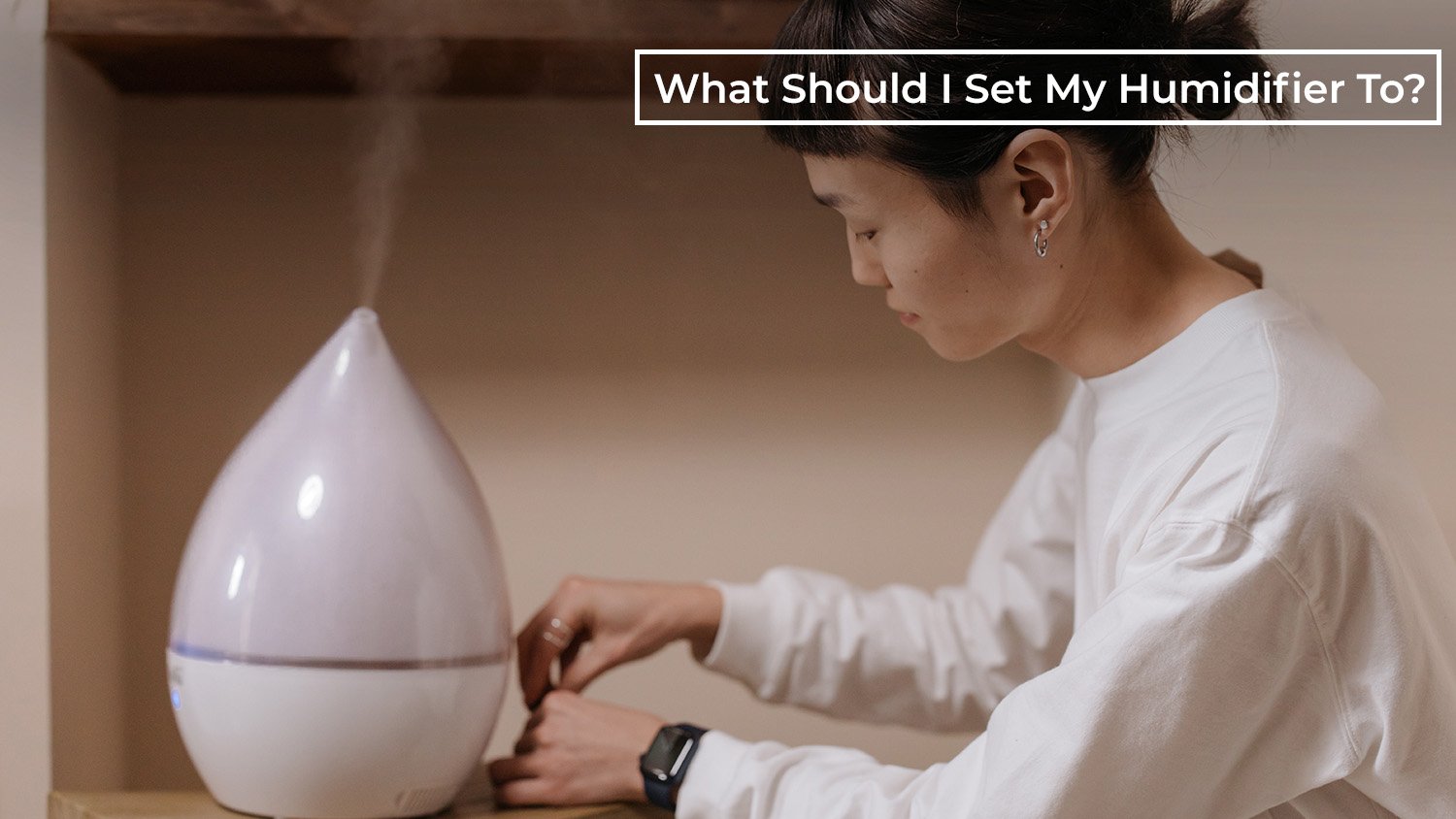The harsh winter weather and dry air can have a disastrous effect on our houses and health. Keeping our interior spaces at the ideal humidity levels is one of the most essential strategies to counteract the impacts of winter dryness. This post will discuss the value of humidity control, how to set up your humidifier for the winter and beyond, and other helpful hints for year-round, ideal humidity levels.
Introduction to Humidity
A vital component of our comfort and well-being is humidity. It speaks to the level of moisture in the atmosphere. While too much humidity can be a haven for mould and mildew, too little humidity can cause dry skin, inflamed nasal passages, and static electricity buildup.
Understanding Ideal Humidity Levels
Generally speaking, 30% to 50% indoor humidity is desirable. Most individuals find maximum comfort in this range, inhibiting the formation of bacteria and mould. Sustaining appropriate humidity levels can also shield hardwood furniture from deterioration and shield electronics from harm.
Why You Need A Humidifier
Humidifiers are a must to control indoor humidity levels, particularly in the arid winter months. By introducing moisture into the atmosphere, they assist to counteract the effects of low humidity, which include dry skin, chapped lips, and respiratory problems.
Configuring Your Humidifier
Before configuring your humidifier, consider variables like the size of the room, the humidity level at the moment, and any particular health issues. After selecting the ideal humidifier for your requirements, install and operate it according to the manufacturer’s instructions. Depending on your preferences, most humidifiers let you change the humidity level manually or automatically.
Humidifier Maintenance
Regular maintenance is essential to guarantee that your humidifier runs successfully and efficiently. This entails routinely cleaning the device to avoid the growth of mould and germs, changing the filters as needed, and making sure the humidifier has enough airflow.
Humidity Control Beyond Winter
Humidifiers are usually connected with winter, although they also provide advantages in other climates and situations. For instance, they can assist in reducing the dry air brought on by air conditioning during the summer. A dehumidifier could be required in humid climates to mitigate extra moisture.
Advice on the Ideal Humidity
Purchasing a hygrometer will enable you to monitor interior humidity levels and make any adjustments. Furthermore, keeping your home’s ventilation system in good working order helps lower humidity levels and enhance air quality.
Advantages of Proper Humidity for Health
Keeping humidity levels at ideal levels can benefit mental and physical well-being. Asthma, allergies, and other respiratory issues can be lessened, and proper humidity can also improve general health and skin quality.
Humidity and Energy Efficiency
Improving the humidity levels indoors can also result in energy savings. You may lessen the strain on your heating and cooling systems and reduce energy use and utility costs by keeping appropriate humidity levels.
Humidity’s Effects on Furniture and Indoor Plants
Both too much and too little humidity can harm hardwood furniture and indoor plants. In addition to promoting plant growth, the proper humidity levels can shield wooden furniture from drying out, warping, or breaking.
Typical Errors in Humidity Management
Overhumidifying your home can lead to mould growth and exacerbate respiratory problems, a typical mistake. It’s also critical to remember that low humidity can cause discomfort and health issues. Therefore, it’s important to monitor humidity levels.
Customising the Humidity Levels
The ideal humidity for each person may differ depending on their comfort levels and health issues. Try a variety of humidity settings to see what suits you and your family the best.
Humidity and the Quality of Sleep
By avoiding dryness and fostering comfort, ideal humidity levels can improve the quality of your sleep. Reducing snoring, congestion, and other sleep disruptions can be achieved in the bedroom by maintaining the proper humidity levels.
Temperature and Electronic Equipment
Electronic gadgets can suffer from high humidity levels just as much as low humidity. Make sure your electronics have enough ventilation, and keep them away from moisture sources to protect them.
Conclusion
Achieving the ideal humidity levels in your house is crucial for preserving comfort, advancing health, and safeguarding your possessions. You and your family can enjoy a more comfortable and healthful home environment by using the advice in this article and a good humidifier.
FAQs
How often should I clean my humidifier?
Cleaning your humidifier at least once a week is advised to avoid mould and bacteria growth.
Can I use tap water in my humidifier?
It is best to use distilled or filtered water to prevent mineral accumulation in the humidifier’s reservoir and guarantee clean mist output.
What should I do if my humidity levels are too high?
If your home’s humidity levels are constantly excessive, consider cutting back on moisture sources and utilising a dehumidifier to control the humidity inside.
Is it normal for my humidifier to produce white dust?
Indeed, particularly in the case of hard water usage. White dust accumulation can be lessened using distilled water or investing in a humidifier with an integrated filter.
Can I leave my humidifier running all day and night?
Running a humidifier continually is generally safe, but watch the humidity levels to avoid over-humidification.
